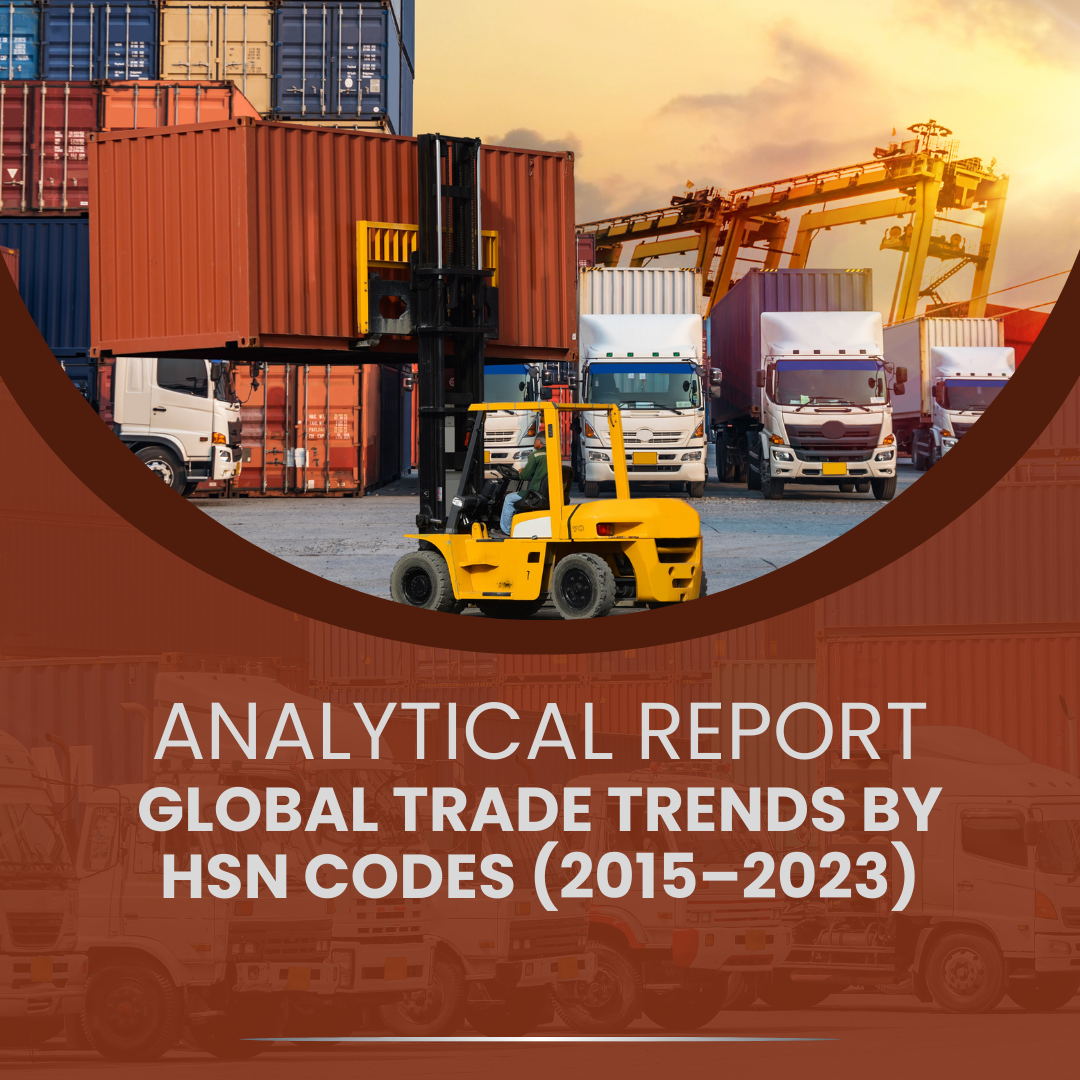
I often find myself chuckling when someone asks, “Have you already started classifying things when you do the shopping?” It’s that magical word—”already”—that makes me smile. Because, let’s be real, for anyone knee-deep in commodity classification, it’s not a matter of if, but when. It’s like an occupational hazard, except instead of heavy machinery, we’re wielding tariff codes and an insatiable curiosity for all things… well, things.
Picture this: a quiet Saturday morning, you grab your shopping list, determined to make it a quick in-and-out supermarket run. You walk past the fruit aisle, and suddenly your brain goes, “Wait, is that mango dried or frozen? Different HS codes, obviously.” And just like that, what should’ve been a peaceful grocery trip turns into an impromptu classification quest.
I’ll admit, it gets a little intense sometimes. I remember one time at Home Depot, I picked up a shovel—just to “feel the quality,” or at least that’s what I told myself. Then, like clockwork, my internal dialogue started up: “Is this primarily made of steel or plastic? Does it qualify as a tool or garden equipment? Oh, better check for any labeling indicating the country of origin.” To a casual observer, I was just some weirdo fondling hardware. To me, I was diving into an intellectual conundrum.
The ultimate moment of glory (or embarrassment, depending on how you look at it) was at a theme park. A guy had left his jacket lying around. Now, I’m not usually one to mind other people’s business, but this jacket had something special—it looked lined. So, naturally, I held it up, inspected the material, and blurted out to the poor unsuspecting owner, “Hey, did you know the lining puts this jacket in a completely different chapter?” The look he gave me was priceless—like I had just arrived from another planet. An alien speaking in tariff codes.
But hey, that’s the life of a trade compliance enthusiast. Minimum requirement? I’m always on the lookout for the country of origin, like a detective piecing together clues. Supermarkets, clothing stores, home improvement shops—no location is safe from my curious classification eye. Heck, I once classified hundreds of items for a Dutch importer in his showroom, where I spent hours just poking and prodding, trying to decipher each product.
It’s not just a habit, it’s a lifestyle. The only place I’ve managed to somewhat curb this “skill” is at the electronics store. Even there, though, I’m not safe. My wife? She just shakes her head, giving me that knowing smile, like, “Here we go again.”
Shopping? More like a scavenger hunt for HS codes! And yes, I know it drives the people around me nuts. But come on, every store is just a treasure trove of classification puzzles waiting to be solved. And as “annoying” as it might be, it’s all part of the fun!




